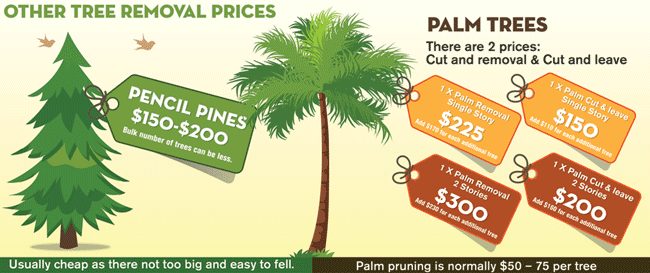Figure Out How To Foster A Robust Environment Post-Tree Removal
Figure Out How To Foster A Robust Environment Post-Tree Removal
Blog Article
Content Written By-
When it concerns seasonal tree care, making sure appropriate monitoring before and after removal can considerably affect the wellness and aesthetics of your landscape. By recognizing the needed actions involved in examining tree health and planning for elimination, you can proactively guard your property. But what about the crucial methods to comply with as soon as the tree is gone? Stay tuned to uncover the necessary post-removal care procedures that will certainly aid you grow a growing and sustainable environment for your trees.
Pre-Removal Tree Care
Before dealing with the elimination of a tree, it's essential to focus on pre-removal tree treatment. Beginning by assessing the tree's health and architectural integrity. Seek signs of illness, parasite invasions, or any type of structural concerns that may posture a safety hazard during removal. It's essential to seek advice from a qualified arborist to identify the very best course of action.
Pruning dead or infected branches can stop additional damage to the tree and ensure a smoother elimination procedure.
Furthermore, think about the environmental impact of eliminating the tree. Trees play an important role in our environment, so growing a brand-new tree in an ideal place can aid balance out any loss. Ensure that you have the necessary permits and authorizations for tree removal, especially if the tree is shielded by neighborhood policies.
Seasonal Maintenance Tips
Examining your tree's needs throughout the year is essential for its health and long life. To maintain your trees in top problem, adhere to these seasonal upkeep ideas.
In springtime, focus on trimming to remove dead or damaged branches and motivate new growth.
Summer calls for routine watering, particularly throughout dry spells, to guarantee your tree stays hydrated.
As fall techniques, keep an eye out for very early indicators of condition or stress and anxiety, and take into consideration using mulch to safeguard the roots during winter season.
In winter months, be cautious when getting rid of snow from branches to prevent breakage, and continue to check your tree's overall health.
Remember to readjust your treatment routine based on the details demands of your tree varieties and local environment. By remaining https://how-much-does-it-cost-to40517.blogunok.com/31447038/the-vital-demand-for-timely-removal-of-tree-particles-in-keeping-building and positive throughout the seasons, you can help your trees flourish and thrive for years to find.
Post-Removal Tree Treatment
To guarantee the health of your landscape also after tree removal, correct post-removal treatment is necessary. After a tree is eliminated, it's vital to fill the staying hole with topsoil and compact it to stop settling. This will help maintain the stability of the ground and avoid potential dangers in the future.
Think about growing https://www.countryliving.com/gardening/garden-ideas/g29816826/garden-edging-ideas/ -new greenery in place of the removed tree to bring back the balance and looks of your landscape. Consistently water the location to advertise the growth of new plants and prevent dirt disintegration.
Examine the bordering trees for any type of indicators of condition or stress and anxiety that may have been brought on by the removed tree. Watch out for insects that may've been brought in to the previous tree and take safety nets to protect the remaining greenery.
If required, talk to a specialist arborist to examine the effect of the elimination on the surrounding trees and identify any added care needed. By complying with these post-removal treatment steps, you can ensure the ongoing health and wellness and charm of your landscape.
Final thought
In conclusion, proactive seasonal tree care is essential for keeping the wellness and equilibrium of your landscape. By analyzing tree health, trimming, and talking to an arborist before elimination, you can ensure a risk-free process. After removal, filling the hole, growing new vegetation, and normal watering will promote brand-new development and stop disintegration. Bear in mind to inspect surrounding trees for illness and seek additional treatment actions from an arborist to keep your landscape flourishing.
